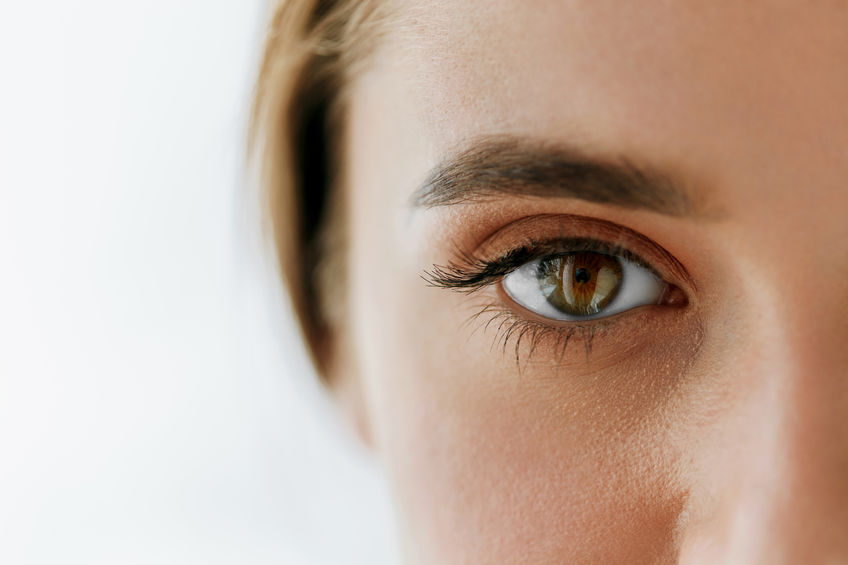By John Salak –
And you thought exercise was good for just building muscle and maybe shedding that unsightly flab. Well, the University of Virginia Health System reports it might just keep your eyes in shape too.
The university’s recent research claims that exercise can slow or prevent macular degeneration and help thwart the common causes of vision loss that include glaucoma and diabetic retinopathy.
These claims were made after discovering that exercise reduced the harmful overgrowth of blood vessels in lab mice by as much as 45 percent. Reducing this overgrowth is critical because it is a key contributor to a range of eye diseases that include macular degeneration, which affects tens of millions of Americans.
“There has long been a question about whether maintaining a healthy lifestyle can delay or prevent the development of macular degeneration,” said researcher Bradley Gelfand at the university’s Center for Advanced Vision Science. The major problem with this approach is that the data collected comes by way of surveys, which can be flawed because “people are notoriously bad self-reporters… and that can lead to conclusions that may or not be true,” he added.
Now, however, Gelfand claims the Virginia study “offers hard evidence from the lab for very first time” that exercise is a real boon for maintaining healthy vision.
What’s more interesting is that researchers found that increased exercise didn’t yield greater returns. “The benefit that the mice obtained is saturated at low levels of exercise,” he explained.
Science isn’t quite sure how exercise prevents blood vessel overgrowth, but the researchers in Virginia acknowledged there is a correlation between deteriorating eyesight and a reduction in exercise as people age.
Exercise might not be the only way to keep vision sharp, at least according to University College London. It claims that starring at a deep red light for three minutes a day can also improve declining eyesight.
The university’s approach focused on examining the impact of “rebooting” the retina’s ageing cells with burst of longwave light. The aim is to offset the gradual decline in retinal sensitivity and color vision that generally starts to impact individuals once they reach 40 years of age. This deterioration is thought to be caused by a decline in the retina cell’s mitochondria, which are used to produce energy that effectively powers these cells.
The London research involved examining the impact of using deep red light beams on 24 people, ages 28 to 72, daily over a two-week period. The college found that while younger participants did not experience significant vision improvements, those 40 years old and up found their ability to detect colors improved by 20 percent after the two-week process. These individuals also found a significant increase in their ability to see low light during this time.
The results are significant because they could clear the way for affordable at-home eye therapies that could help offset vision issues that affect hundreds of millions of people worldwide, according to lead author Glen Jeffery, a professor at the college’s Institute of Ophthalmology.
“Our study shows that it is possible to significantly improve vision that has declined in aged individuals using simple brief exposures to light wavelengths that recharge the energy system that has declined in the retina cells, rather like re-charging a battery. The technology is simple and very safe,” Jeffery added, noting red light devices probably could be produced for approximately $20 each.












